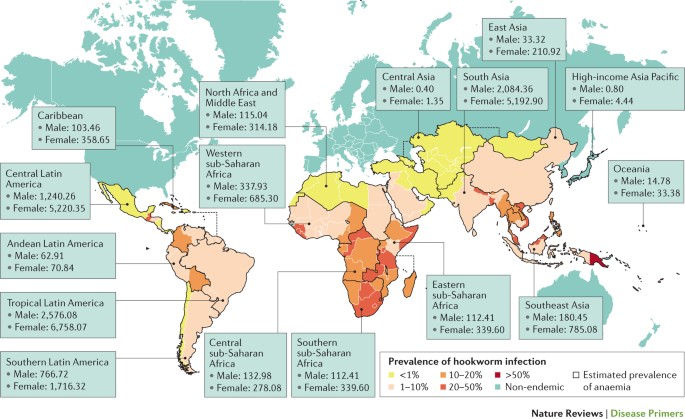
#SIGNS AND SYMPTOMS OF HOOKWORMS IN HUMANS PRO#
Pro tip: By enrolling your pet early, treatments for illnesses like parasite infection can be covered up to 90% by your pet insurance. What symptoms should you look out for? How do you treat hookworms in dogs? And is there anything you can do to prevent your beloved pet from getting these nasty parasites? This post answers all these questions and more. read more ).Hookworms are one of the most common types of worms in dogs that can do some serious damage. The large roundworms (ascaridoid nematodes) of dogs and cats are common, especially in puppies and kittens. Heartworm prevention with ivermectin, milbemycin, milbemycin/praziquantel, moxidectin/imidacloprid, or selamectin controls A tubaeforme, whereas ivermectin also controls A braziliense (see Table: Drugs for Intestinal Helminths of Cats Approved in the USA and UK Drugs for Intestinal Helminths of Cats Approved in the USA and UK Toxocara canis ova (larger structures) and Cystoisospora oocysts (smaller structures). In cats, drugs approved for treatment of A tubaeforme include emodepside, fenbendazole, ivermectin, milbemycin, moxidectin, pyrantel, and selamectin (see Table: Drugs for Intestinal Helminths of Cats Approved in the USA and UK Drugs for Intestinal Helminths of Cats Approved in the USA and UK Toxocara canis ova (larger structures) and Cystoisospora oocysts (smaller structures). For A ceylanicum, the combination product containing pyrantel embonate/febantel/praziquantel is approved for treatment in Australia. Finally, the injectable formulation of moxidectin for heartworm prevention in dogs also has significant efficacy against infection with A caninum and U stenocephala for at least 3 mo. read more ) and are approved for this purpose. Heartworm preventives containing pyrantel also have activity against A braziliense (see Table: Drugs for Intestinal Helminths of Dogs Approved in the USA and UK Drugs for Intestinal Helminths of Dogs Approved in the USA and UK Toxocara canis ova (larger structures) and Cystoisospora oocysts (smaller structures). Heartworm prevention with products containing milbemycin control A caninum, whereas ivermectin/pyrantel, ivermectin/pyrantel/praziquantel, moxidectin, and moxidectin/imidacloprid control A caninum and U stenocephala. When anemia is severe, chemotherapy may have to be supported by blood transfusion or supplemental iron, followed by a high-protein diet until the Hgb level is normal. Nitroscanate is also approved for both hookworms at 50 mg/kg in some countries (eg, Canada).

Milbemycin is also approved for treatment of A caninum infections (see Table: Drugs for Intestinal Helminths of Dogs Approved in the USA and UK Drugs for Intestinal Helminths of Dogs Approved in the USA and UK Toxocara canis ova (larger structures) and Cystoisospora oocysts (smaller structures).

In dogs, fenbendazole, moxidectin, and pyrantel are approved for treatment of A caninum and U stenocephala infections. Arrested development may also occur in the mucosa of the small intestine activation may occur after removal of adult worms from the intestine. These arrested larvae are activated during pregnancy, then accumulate in the mammary glands. However, in animals >3 mo old, A caninum larvae, after migration through the lungs, are arrested in the somatic tissues.
#SIGNS AND SYMPTOMS OF HOOKWORMS IN HUMANS SKIN#
Skin penetration in young pups is followed by migration of the larvae through the blood to the lungs, where they are coughed up and swallowed to mature in the small intestine.

Infections with A caninum, A braziliense, A tubaeforme, or A ceylanicum can also result from larval invasion through the skin, but this route is of little significance for U stenocephala. Transmission may result from ingestion of infective larvae from the environment and additionally, in the case of A caninum, via the colostrum or milk of infected bitches. The elongate (>65 μm), thin-walled, hookworm eggs in the early cleavage stages (2–8 cells) are first passed in the feces 15–20 days after infection they complete embryonation and hatch in 24–72 hr on warm, moist soil.


 0 kommentar(er)
0 kommentar(er)
